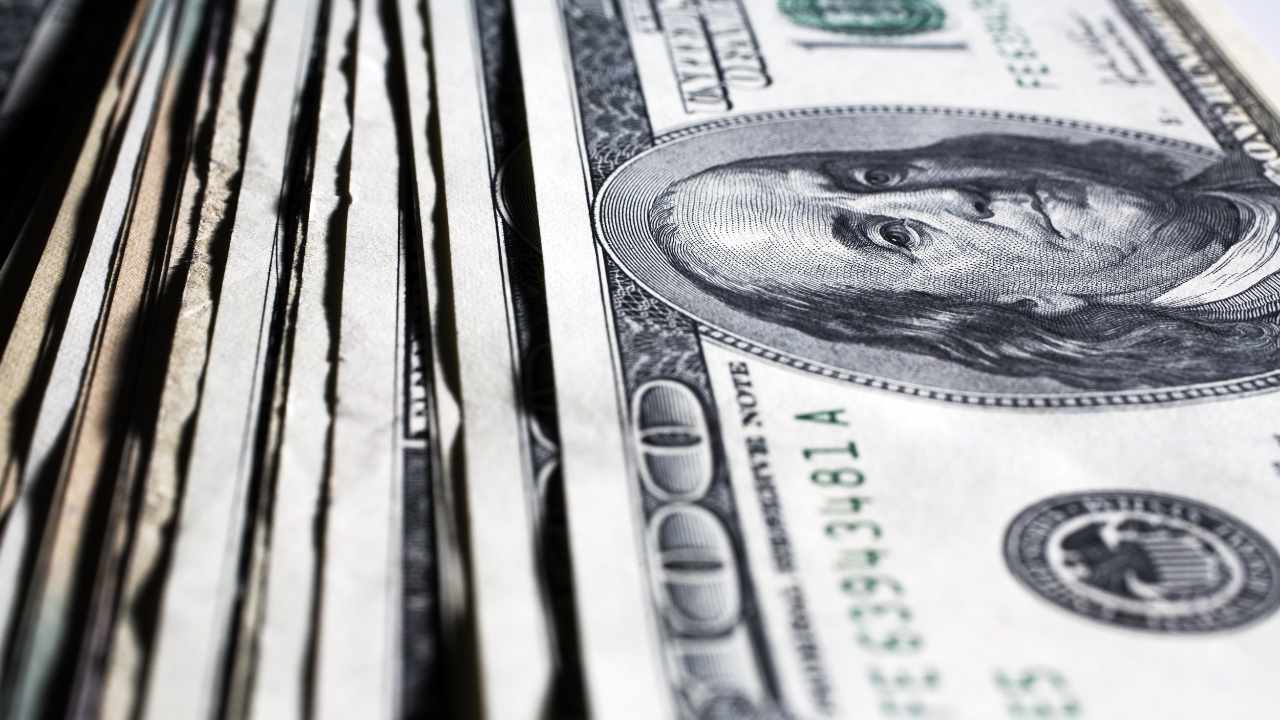NFT twist is the latest development in the saga of controversial “Leonardo” painting hidden in a Swiss vault

What is the value of an original Leonardo Da Vinci masterpiece? How about a “Leonardo” whose authenticity is disputed? And what if the work also disappears in a Swiss vault, inaccessible to experts and the public, and the item sold is in fact a digital copy purchased online and beamed onto a holographic screen encased in precious crystal? Does it have any value at all?
To the last question, the art world has given us a resounding yes. Earlier this year, the pseudonymous collector @ModeratsArt purchased a non-fungible token (NFT) from the alleged da Vinci work La Bella Principessa. It is believed to represent Bianca Sforza, an illegitimate daughter of Ludovico Sforza, a member of the Milanese family of high renaissance, and cost more than $ 103,739 worth of the cryptocurrency eater via an auction on the NFT marketplace MakersPlace. @ModeratsArt declined to comment.
NFT or bust
A non-fungible token is a deed (NFT) that lives on a publicly owned ledger called a blockchain. It gives the holder the right to boast of an image attached to the deed, typically represented as a URL wherever the image is stored online. In this case, NFT also gives the owner, @ModeratsArt, the right to a crystal-encapsulated physical rendering of the work.
Many digital copies of old works have been sold for large sums – in some cases the physical original has even been destroyed to transfer its “essence” to the copy – but this case is different. Although Holoverse and Scripta Maneant, the two companies behind the sale, described NFT as the “first verified Leonardo da Vinci NFT + HNFT ever [the crystal-encased physically displayed copy] on the market, ”La Bella Principessa’s authenticity has never been conclusively confirmed.
The painting was sold for $ 22,000 at a Christie’s auction in 1998 to an art dealer named Peter Silverman on behalf of an anonymous collector. Silverman encouraged efforts to support his strong belief that the work was a long-lost Leonardo, resulting in an affirmative book by art historian Martin Kemp (La Bella Principessa: The Story of the New Masterpiece by Leonardo da Vinci, 2010). The infamous British art forger Shaun Greenhalgh, who served a prison sentence between 2007 and 2010, also claimed to be the author of the work.
The Principessa, on the other hand, has been kept under lock and key in a Swiss vault since 1998, and few have had the opportunity to analyze it. Advanced “multispectral” scans by prominent art specialist Pascal Cotte of the French company Lumière Technologies revealed a detail (said to be a fingerprint) in 2009 that he claimed linked the work to da Vinci, but again, no one else has seen it.
“Hardly anyone has seen the work in person. As such, there are few academic opinions about it, and there has been only limited access to Pascal Cottes’ scans of it, says Matthew Landrus, Supernumerary Fellow in History at Oxford University. This drawing can “only really be understood personally”, he added. “You need to look at textures, chalk, ink, vellum, aging, surface marks and cuts, etc.”
The work’s ownership is also hazy. Caitlin Cruickshank, who helped put together the deal for MakersPlace, said The Kunstavis that the anonymous owner of the physical original, represented by the Italian publisher Scripta Maneant, was involved in the project and gave the “necessary authorizations.” However, she adds that the NFT itself was characterized and basically owned by Holoverse, the digital art company behind the sale. NFT was then moved directly into the buyer’s account. Cruickshank would not say whether NFT was based on Cote’s multispectral scan, although she noted that MakersPlace was in talks with Cotte about “future projects as well”.
Craig Palmer, CEO of MakersPlace, told us that the controversial story of the painting only contributes to NFT’s appeal, and suggested that this allows the main players to take advantage of the riddle of the original without revealing it to researchers. Palmer added that according to the terms and conditions, MakersPlace has taken 15% of the revenue.
However, it is difficult to say whether it is correct to describe NFT as “verified”, as Holoverse did in marketing material. Cruickshank claims that the owner’s involvement in the deal, along with Kemp’s detailed analysis and her own idea – she’s a former Old Masters expert at Sotheby’s – was justified (Holoverse et al were actually able to “verify” that it was, somewhere, a physical original of the work, whether it was actually a Leonardo).
This fairly quick and loose understanding of verification is well known in the blockchain world, and is reminiscent of Walmart’s 2019 attempt to “verify” the origin of novel salads via the Ethereum network. The basic concept was that a farmer should throw a QR code on a salad, which would be scanned again at each point in the supply chain to the reached supermarket. Consumers can then “confirm” fair trade with their phones.
But as with La Bella Principessa, confirmation of the “origin” of an item is irrelevant if the authenticity of the physical original is disputed. The vague “blockchain” provides no way of proving whether a farmer’s production is really fair trade, nor of a work that La Bella Principessa is the real article.
As software engineers say about the “human” element of the input process: trash in, trash out.
























